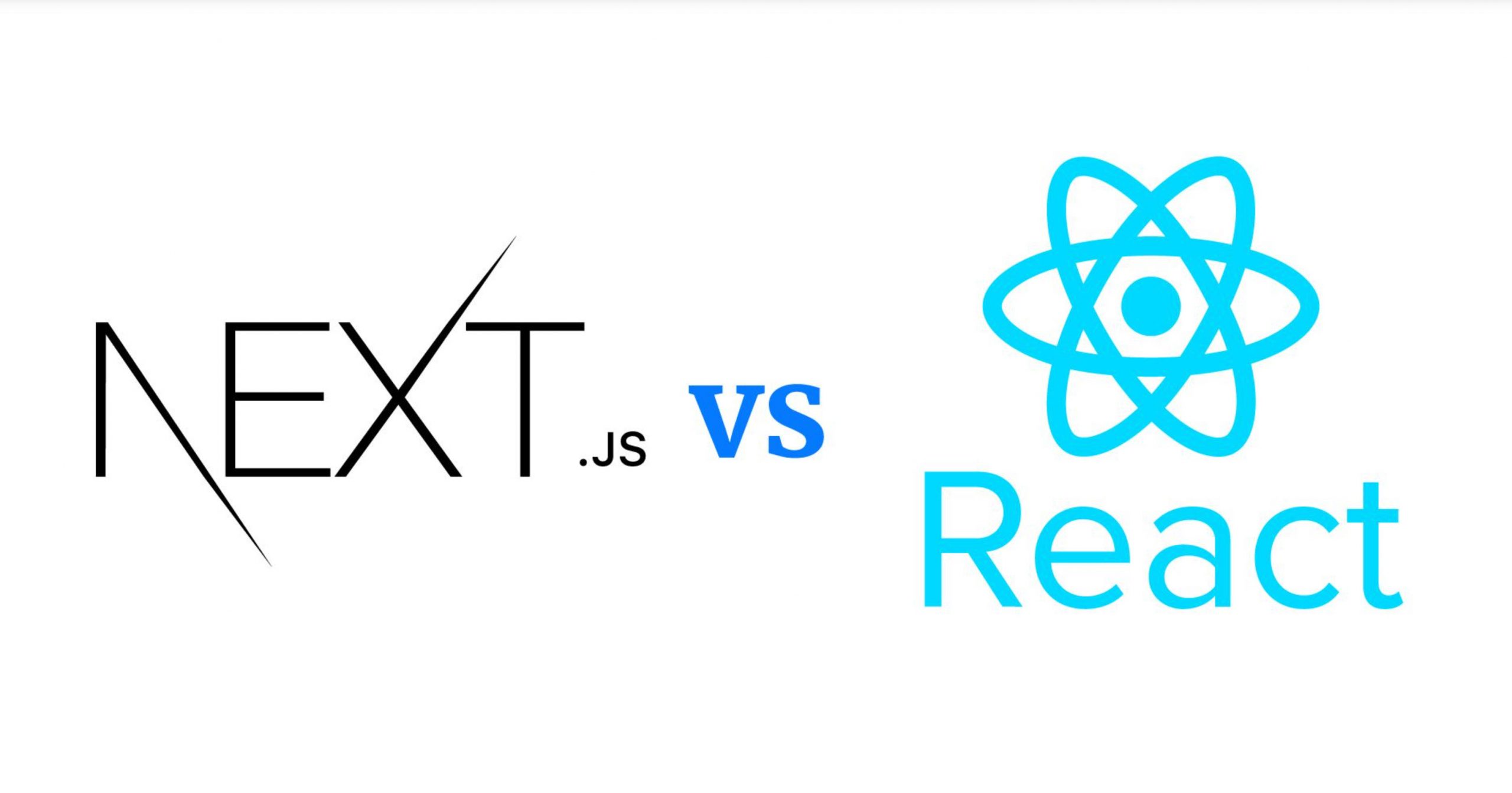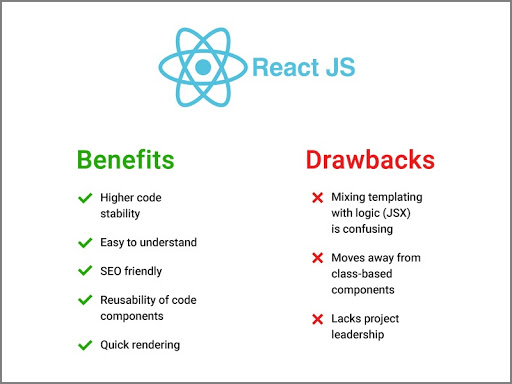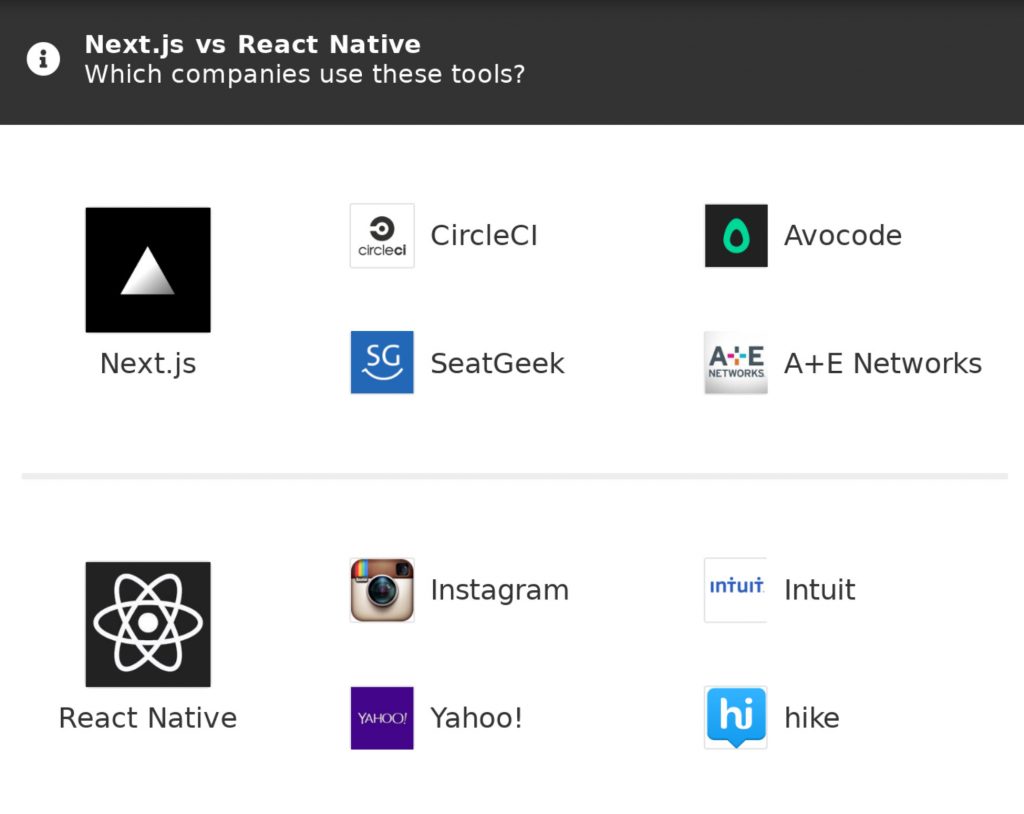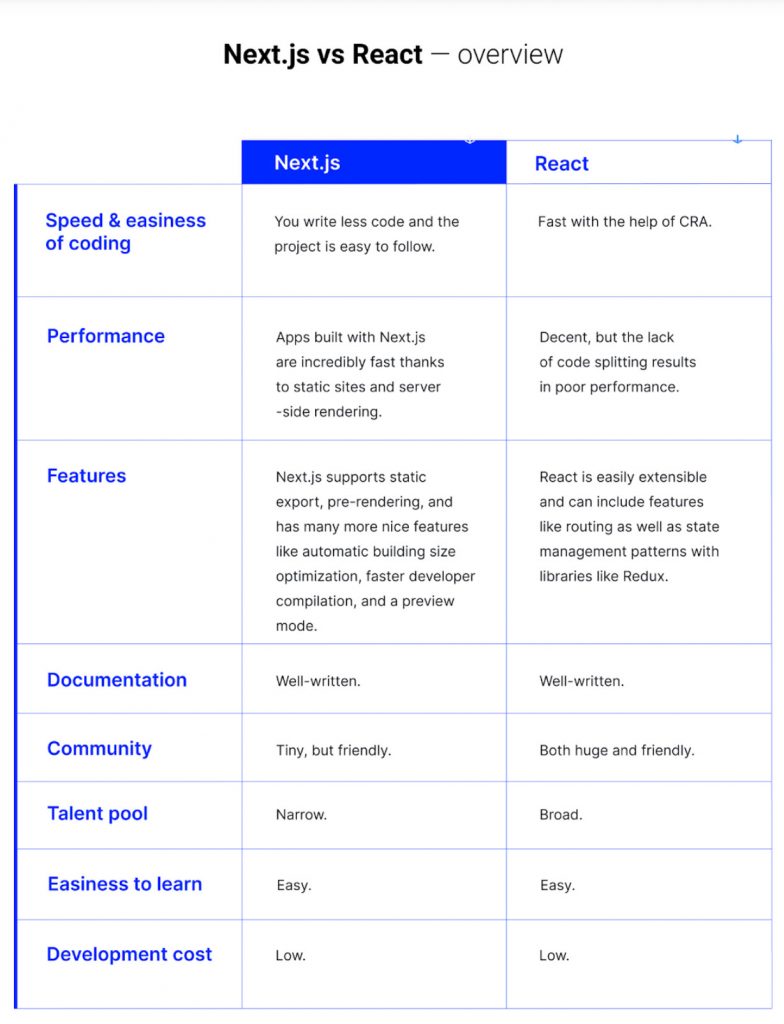Next.js vs React: Which Front-End Framework Is Better?

Next.js vs React: Which Front-End Framework Is Better?

When it comes to planning out a new project construction, it’s a question that’s probably been on a developer’s mind. Which platform should you use: Next.js or React? Each framework has a lot to offer developers and company owners. That’s why we will dive into the Next.js vs React debate to find out which Front-End Framework Is Better!
As a developer, you’ve most likely been using React for some time and are considering switching to Next.js. Or perhaps you’ve recently started using React and are considering switching to Next.js. In any event, the decision is dependent on what you want from a framework.
In this article, we’ll look at each of these to see how the two frameworks compare.

What is React?- Next.js vs React

Photo by Lautaro Andreani on Unsplash
React was founded by Facebook and has since become one of the most renowned front-end libraries. React is one of the most renowned JavaScript frameworks. React recommends the reactive technique and functional programming paradigm.
Additionally, React is attempting to establish industry norms. Redux, for example, is often regarded as the best library for enterprise-grade React apps. At the same time, you should consider the following: Redux has the potential to stifle development productivity. When you release a new feature and have to alter too many things throughout your application, Redux makes your job more difficult. So we’re back to square one: should I use a less complicated library?
To conclude, you must develop your process using React. This is a more challenging path to pursue than simply using what other JavaScript frameworks offer: a wealth of pre-built capabilities.
What is the purpose of React?
- Platforms for Social Media (Instagram, Facebook, Twitter, Pinterest)
- Platforms for the economy (Lyft, Airbnb, Uber)
- Media Platform (Yahoo)
- Platforms for Online Video Streaming (Netflix)
- SaaS Applications (Asana, SendGrid, Zapier, InVisionApp)

Pros of Using React
It includes a comprehensive set of tutorials, training, and manual materials. Any developer with JavaScript skills can quickly grasp and build web applications with React.
- Building a dynamic online app specifically using HTML strings was difficult since complicated coding was necessary, but React fixed that problem and made it easy.
- React comprises several components, each with its logic and controls. These components are in charge of generating a short, reusable piece of HTML.
- React boosts performance by using a virtual DOM.
- React has also grown in prominence due to its useful collection of tools. These tools make the developer’s job more straightforward.
- Traditional JavaScript frameworks suffer from an SEO issue. Search engines frequently have difficulty reading JS-heavy applications. Several web developers have criticized this issue. Eventually, React overcomes this problem by assisting developers in easily navigating numerous search engines. This is because React apps can run on the server, and the virtual DOM renders and returns to the browser in the same way that a regular web page does.
Cons of React:
High growth rates offer both benefits and drawbacks. Because the environment is always changing, some engineers may not feel comfortable re-learning new working methods.
- Another downside of rapidly evolving technologies. React technologies are updated and accelerated rapidly, so there is little time to generate comprehensive documentation.
- The framework is only concerned with the app’s UI layers. As a result, you will still need to select other technologies to obtain a complete set of development tools for your project.
What is Next.js?-Next.js vs React
Next.js is built on Babel Node.js and Node.js and connects with React to develop single-page apps. This framework was created by Vercel and is a free source.
Furthermore, Next.js is a fantastic framework for using the React library to create webpages and apps, (SSR) server-side rendering, linting, HTTP caching, standardization, SEO tools, and automated code segmentation dynamically importing or webpack bundles.
Next.js has been a long-awaited addition to React. Besides, Next.js is becoming increasingly popular among developers due to its ability to generate ready-to-use applications. Although Next.js is excellent, it cannot be used in place of React. Let’s delve a little deeper into the story!

What is the purpose of Next.js?
If your requirements are explicit, you can choose between the two methodologies in specific places; one has a distinct edge over the other. When you wish to develop, you can use Next.js.
- For the landing page,
- The necessity of SEO is critical.
- For the promotion of websites
- Make web pages that load quickly.
Objectives that Next.js can help you achieve
- Rate of conversion and sales increase.
- Marketing avenues are being expanded.
- Better user experience
- Maintenance expenditures are reduced.
- Boost the website speed or web app.
Pros of Next. JS
Have a look at some benefits you can get from Next. Js
- CSS parser
- Built-in Image Component and Automatic Image Optimization
- Community support
- (SSR) and (SSG) have been combined in this hybrid.
- Incremental Static Regeneration
- TypeScript supports
- Zero Config
- Data fetching
- API routes
- Code splitting
- The Rust-based compiler SWC
- Middleware
Cons of Next.js
Nevertheless of many advantages, developers and project teams would rather focus on product innovation than struggle with tools. Next.js isn’t a perfect silver bullet to everyone’s dismay, so you should be aware of its limits.
- Creation of the front-end
- Routing system
- Lengthy development times
- Forum
Comparison: Next.js vs React
Now that you know which framework to use, let’s contrast React and Next.js next to each other.
| React | Next JS | |
| Rendering on a server | SSR isn’t supported out of the box. | Various sorts of SSR and progressive static regeneration are supported. |
| Routings | are not very adaptable. | Almost everything may be customized. |
| Restoration | It would be beneficial to keep up with the most recent React updates. | It’s easier to keep up with. |
| The curve of development | The learning curve is steeper. | It’s a lot simple to study if you already know how to use React. |
| Execution | It takes longer for Next.js to load. | React, and CRA is slower. |
| Communities | Users in a large group | A little but devoted community |
| Paperwork | Documentation is excellent, and there is a strong developer community. | The community is smaller, however; the documentation is impeccable. |
Is Next.js superior to React.js?
It’s difficult to claim one is superior because it’s like comparing apples to oranges. Remember that React.js is a JS library—a set of tools you may use to construct UIs. In contrast, Next.js is a framework–the blueprints and rules you need to build a whole app–based on React, so it’s not a case of choosing one over the other. Just as you wouldn’t bring a banana to a gunfight, there are situations when React is preferable to Next.js and vice versa.
If…, use React.
- You require extremely dynamic routing.
- You’re already acquainted with JSX.
- You require offline help.
If…, use Next.js.
- You require a comprehensive structure.
- Backend API endpoints are required.
- You require server-side rendering.
Next.js and React are wonderful, strong frameworks that could help us develop attractive, speedy web apps, yet I have no favorite. They each have a specific function.
Thus, if you’re constructing an SEO-driven marketing page that requires image optimization and launches with no configuration, Next.js is a good choice. For sites that require a strong cross-platform app and UIs support, React will deliver better results. It makes sense to start using React if you’re a newbie.
Let’s have a revision.
- React offers a tool for creating JavaScript-based user interfaces. You can construct single-page and cross-platform apps out of the box with frameworks such as CRA and React Native, but you’ll have to work with Babel, webpack, and ESlint.
- Likewise, Next.js is still built on React, it enhances it and allows you to create lightning-fast web applications and SPAs. The SSR features of Next reduce the load time, resulting in improved performance and SEO. However, if you use Next.js, you’ll need to put your application on a server, which will increase the size and scope of your infrastructure.
In the end, though, it’ll all be the React coding. If you pick Next.js, you will still need to learn it first because Next.js builds on its UI libraries and core aspects. Hence, you will need React no matter which way you go. To summarize, the decision is yours, as it will be based on your objectives and the project you’re working on.



